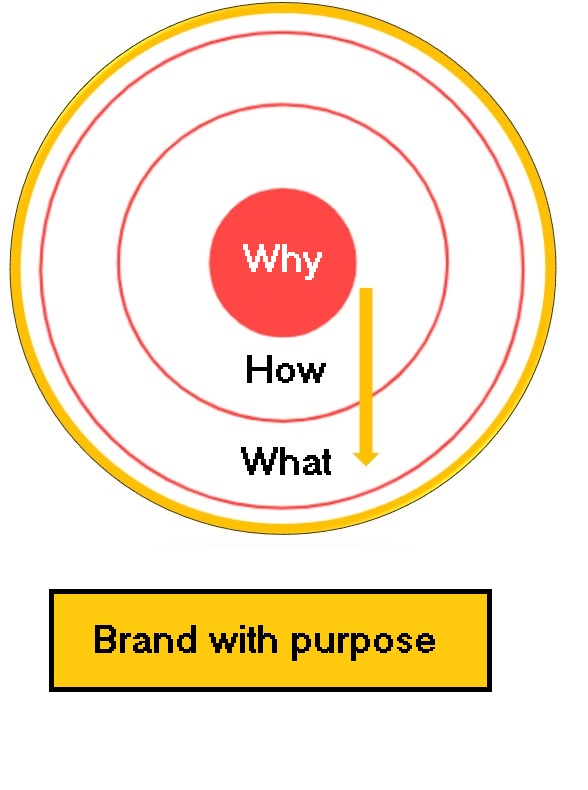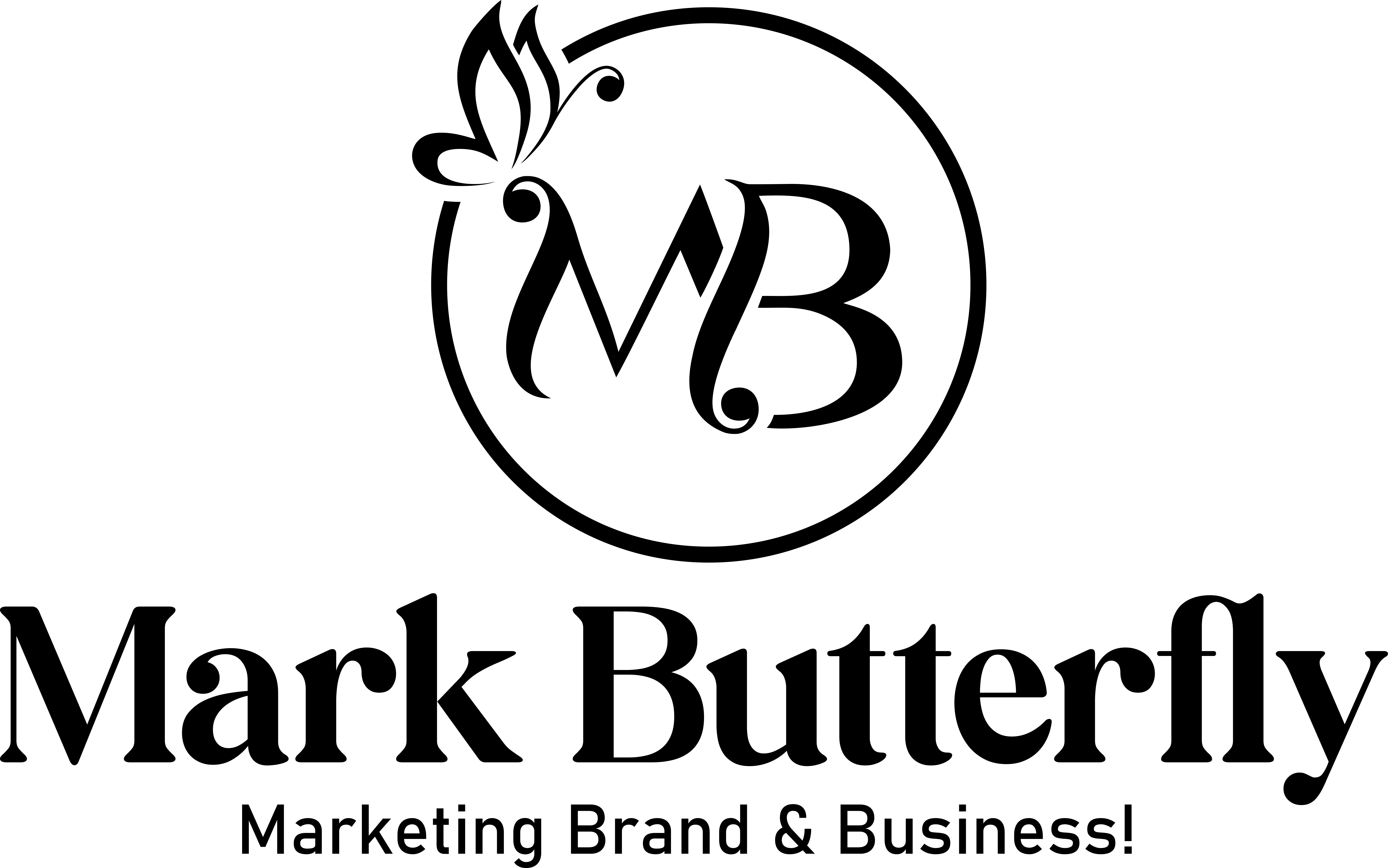Mark? they talk so much about the brand… so that we have a slight idea of the impact it has, I share this information, looking for the keyword «What is a brand? » returned about 90,500 in a month in the US alone, (varies depending on the tool you use).
I do not intend to give a class on branding, as you may have noticed, it is a subject that is addressed quite diligently… I just want us to quickly review the evolution, I invite you to nourish yourself with many others, and this is my selection:
Let’s look at a little history.
According to Wikipedia: The word “brand” refers to the practice of certain producers who burned their brand on their products. Even with the existing connection of trademark history and including historical examples, which can be considered proto-brands (like the pun on the wine jugs found in Pompeii called Vesuvinum), the marks in the area of mass marketing originated in the 19th century with the advent of packaged goods. Industrialization moved the production of various household items from local
Communities to centralized factories, products such as soap were part of these items. When the time came to send the items to their respective destinations, the factories placed their logo or insignia on the barrels used, thus extending the meaning of the brand to that of a registered trademark.
James Walter Thompson, around the 1900s, published an advertisement explaining advertising for trademarks, that was an early explanation of what we know today as branding. Companies quickly adopted slogans, mascots and jingles which began to appear on radio and television.
In the 1940s, manufacturers began to understand the way in which consumers developed social, psychological, and anthropological relationships with brands.
From that moment on, manufacturers learned how to create identity and personality for their brands, based on factors such as youth, fun and luxury. This situation marked the beginning of what we now know as branding, where consumers buy the brand instead of the product. This trend continued until the 1980s and is now quantified in concepts such as brand value or brand equity.
In 1988, Philip Morris bought the Kraft brand for 6 times what the company was worth on paper, that’s when they realized they had actually bought a brand name—revolution that hasn´t stopped until our times.
How does a brand differ from personal brand?
A brand is a set of various identifiers that represents a business or person so that it can be differentiated from the competition and be easily recognized through a visual, psychological and even an experience concept.
A personal brand is basically considering yourself as a business brand. It could be said that personal brands are easy to identify, since they transmit daily a series of tasks and steps that generate great influence in the community.
Through them you can find out about the passions, experiences or professional skills of other people, receiving useful and interesting information for you through a clear message with which you feel identified.
The concept of personal branding was devised by Jeff Bezos (as the current concept), founder and CEO of Amazon, at the end of the 90s in the US and quickly spread throughout Europe due to the need to differentiate themselves in a market where there are excess of professionals.
“A personal brand is what they say about a person when they are not in front of them” – Jeff Bezos
If we are looking for a concept, we can summarize it as follows: Personal brand is the mark that we leave ourselves to others. Its management process is personal branding, which defines three stages:
• Self-knowledge:
• Personal strategy
• Visibility.
Your personal brand includes a combination of skills and life experiences that make you a unique individual, highlighting what you stand for and differentiating yourself from others in your field. As Guillem Recolons says “Everything leaves a mark, and we more than anything”
Can a Brand with Purpose be created?
In fact, the purpose should be an essential part of a brand. A brand with a purpose is one that has a reason to exist, a reason why it does what it does, which goes beyond purely economic reasons and aims to improve people’s lives in some way.
Purposeful brands are those that openly put their core values first in everything they do. Purpose-driven marketing is the way in which cutting-edge brands are relating to their target audiences based on the needs and interests they share with them; Said interests of course include benefits for customers, but beyond that, they include benefits for the planet or society.This is not marketing with a cause or company donations. Purposeful marketing tries to make all marketing resources available to the purpose. Why? Because the purpose is defined as the reason for the existence of the business itself.
The purpose of a brand is connecting with people because we are living in a world that is in need of brands that show us that they can be more human.
Businesses need to exist for a purpose, and the purpose must be useful to others.
What is the purpose of a brand?
Purpose is the reason for a brand or company to exist, why you do things.
Mission is what you do to achieve your purpose.
Vision is the reality that the company would like to see around the world, its customers and itself.
Let’s explore a little more, I suggest you get to know the golden circle, if you already know it, great! You have to start applying it.
The Golden Circle by Simon Sinek.
Simon Sinek, a branding guru, brings us this methodology that helps us know how to inspire and convey a message to others.

The Golden Circle is a three-step process. For many years, companies and their brands have created and engaged with their customers by delivering messages from outside the circle, first explaining what they offer and then how they offer it, no matter what.
The current approach is, on the contrary, the result or consequence of my actions, focusing on my brand purpose, as well as my marketing actions and the way I communicate. The most successful brands are built from the purpose and, based on this, their products and actions will be created.
Simon Sinek explains it perfectly in his talk that has been one of the most viewed at TED (more than 26 million views), and here it is:
Here are just a few examples of brands that build and communicate from the why: They all have in common that they communicate from the inside out and everything they do is focused on the purpose of each one.
- Harley Davidson does not have the purpose of selling two-wheeled vehicles, as many might think… and neither does it donate money (for those who think that purpose has to do with philanthropy). Brand purpose is directly related to freedom and individual fulfillment:
¨We fulfill the dreams of personal freedom: it is our purpose and we take it seriously. And while freedom means different things to different people, it’s a bond that unites Harley-Davidson customers, employees, dealers, suppliers and enthusiasts.¨
- Nike: “To provide inspiration and innovation to every athlete in the world. If you have a body, you are an athlete.”
- Starbucks: “Inspiring and nurturing the human spirit: One person, one cup and one community at a time.”
- Walmart: “Saving people money so they can live better.”
- Google: “Organize information and make it useful and accessible to everyone.”
We can expand this topic even more, its possibilities are endless, the important thing is to understand and know what want to build? A Brand with a Purpose or simply, a commercial brand? Remember, the purpose does not come to determine whether or not the consumer buys a product; that is; it does not replace performance or the brand, it adds to them to add value!
Strong brand + Outstanding product or service + Purpose = Greater value and consequently = Consumer preference.
To close, you cannot forget that brands with a purpose are NOT those that do marketing with a cause; you have to understand the difference well. A purposeful brand has a stance that is not only real but makes a real difference.











